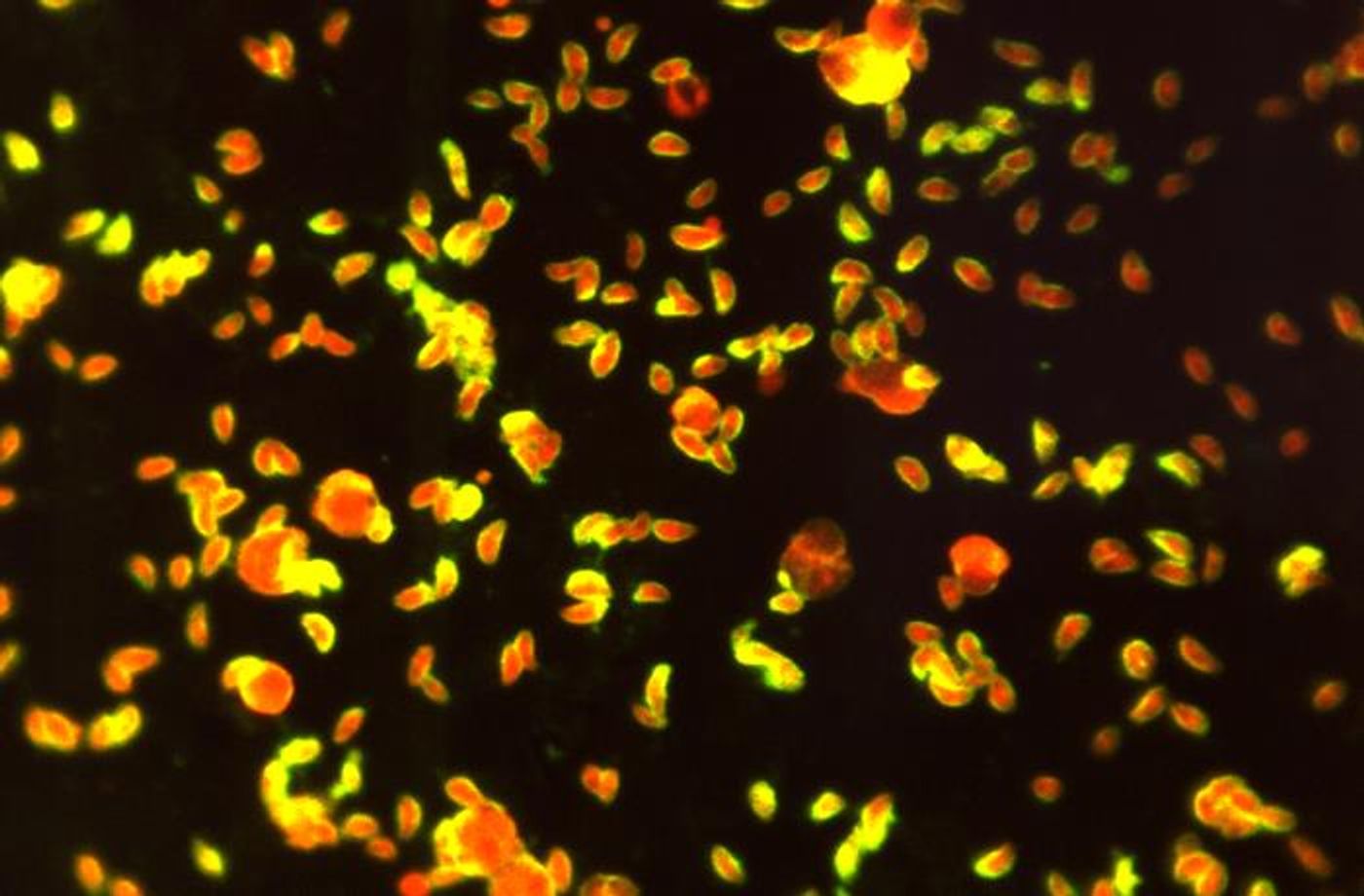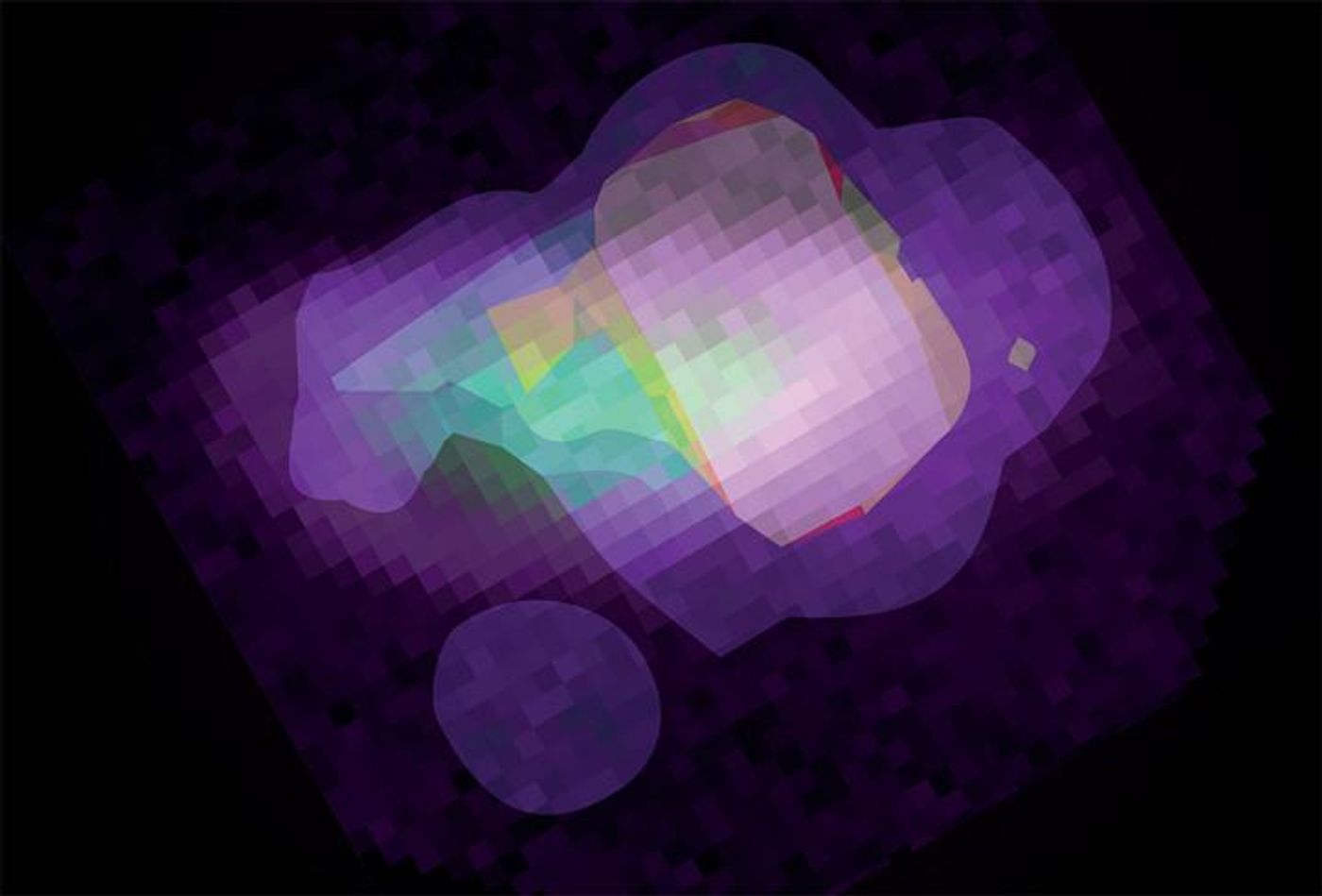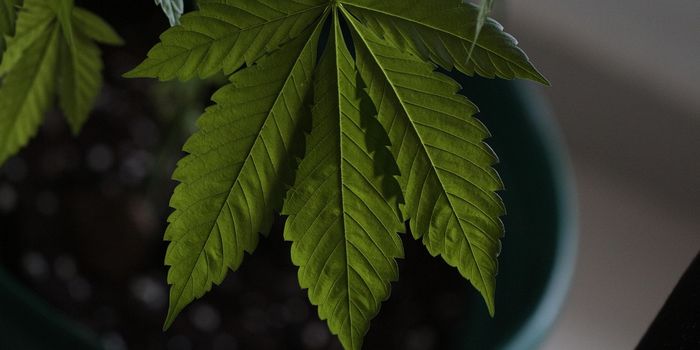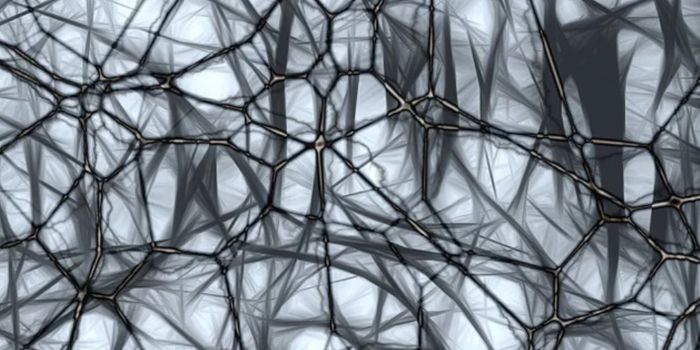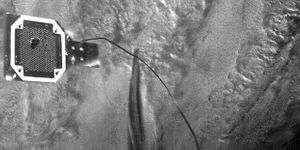Using Artificial Intelligence to Model Infection
With powerful computational tools, researchers have developed a platform that uses artificial intelligence (AI) to analyze how cells are infected by pathogens. Called Herman, for Host Response to Microbe Analysis or HRMAn, the platform is meant to mimic a trained biologist and can be tailored for different microbes. The research, reported in eLife, was used by investigators at the Francis Crick Institute and UCL to assess patterns in the interactions between a pathogen and its host, as scientists would.
"What used to be a manual, time-consuming task for biologists now takes us a matter of minutes on a computer, enabling us to learn more about infectious pathogens and how our bodies respond to them, more quickly and more precisely," explained the senior author of the report Eva Frickel, Group Leader at the Crick. "HRMAn can actually see host-pathogen interactions like a biologist, but unlike us, it doesn't get tired and need to sleep!"
HRMAn runs on a platform called KNIME. The scientists used it to study how the body responds to a parasite called Toxoplasma gondii. The microbe is harbored by house cats, and it’s suspected to infect about a third of the planet's human population.
In this work, HRMAn was supplied with over 30,000 microscope images from several types of humans cells that were infected with Toxoplasma, by scientists in the Crick's High Throughput Screening facility. Over 175,000 cellular structures that were impacted by the parasite were documented; information was compiled on the number of parasites per cell and where there were located, how many proteins in the cell were interacting with parasites, and other characteristics.
"Previous attempts at automating host-pathogen image analysis failed to capture this level of detail," noted the co-first study author Artur Yakimovich, a research associate in the Mercer lab at the MRC LMCB at UCL. "Using the same sorts of algorithms that run self-driving cars, we've created a platform that boosts the precision of high volume biological data analysis, which has revolutionized what we can do in the lab. AI algorithms come in handy when the platform evaluates the image-based data in a way a trained specialist would. It's also really easy to use, even for scientists with little to no knowledge of coding."
"Our team uses HRMAn to answer specific questions about host-pathogen interactions, but it has far-reaching implications outside the field too," said co-first study author Daniel Fisch, Crick graduate student. "HRMAn can analyze any fluorescence image, making it relevant for lots of different areas of biology, including cancer research."
There are a series of video tutorials to help the user with the platform; one is featured above.
Sources: AAAS/Eurekalert! via The Francis Crick Institute, eLife
